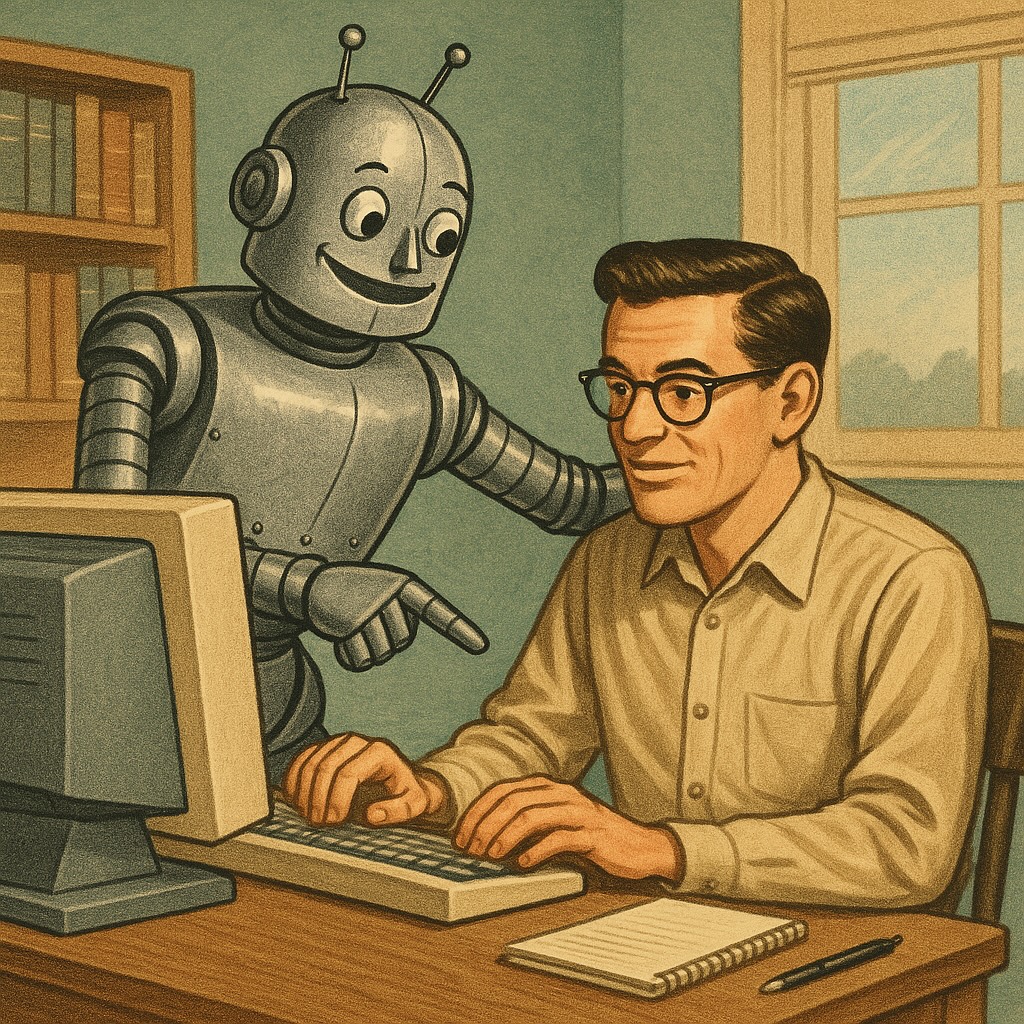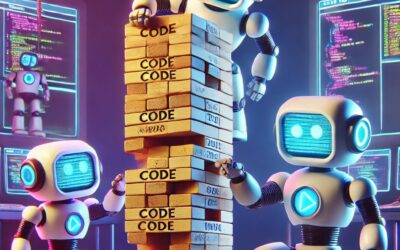You can’t throw a virtual stone in the dev world these days without hitting a hot take on AI coding tools. On one side, the hype machine is in overdrive, practically writing our obituaries as programmers. On the other, you’ve got the doom-and-gloom crowd painting a picture of us all trading keyboards for kombucha-making kits while Skynet codes itself into oblivion.
As usual, the real story is somewhere in the messy middle – a far cry from both the breathless “end of code” pronouncements and the existential developer dread. My take? These AI tools are like a ridiculously expensive, super-powered saw in the hands of a carpenter. They amplify skill when it’s there, but they absolutely don’t replace it. For those of us who’ve been in the trenches, they can be game-changers. For those just starting out? They could be downright dangerous.
The AI Fear Factor: It’s Real, But…
There’s a definite buzz of anxiety floating around the devosphere right now. You see it in the Twitter threads, buried in forum discussions, and even in the hushed tones of stand-ups. The big question: are we inadvertently training our replacements? Will AI not just suggest the next line, but eventually be the coder?
Honestly, the fear isn’t completely irrational. These things are fast. Seriously fast. Watching Cursor or Copilot whip out an entire function or refactor some truly gnarly code feels like witnessing some kind of digital sorcery. But like any illusion, there are limits. Anyone who’s spent more than a hot minute using these tools in a real-world project knows the score: they hallucinate, they completely miss the context, and they introduce subtle bugs that can be a nightmare to track down.
And even when they nail it, you still need the experience to look at that generated code and say, “Yep, that’s actually sane.” Without that critical eye, you’re just blindly trusting a black box.
The AI Hype Train: All Aboard (But Hold On Tight)
Then you’ve got the flip side – the blog posts and VC pitches promising a utopian future where we, as engineers, morph into “prompt engineers” and “code whisperers,” gently guiding legions of AI agents to write flawless software while we kick back with an oat milk latte and scroll Hacker News.
It’s a compelling narrative, I’ll give them that. But it’s also a bit like saying Photoshop turned everyone into the next Picasso.
Sure, models like ChatGPT and Claude are getting scarily good at understanding context, grasping the nuances of a codebase, and even deciphering our vague intentions. And yeah, tools like GitHub Copilot, Replit Ghostwriter, and Cursor are genuinely useful. They can speed up the repetitive stuff, suggest documentation that might actually be helpful, and even flag potential edge cases you might have missed.
But let’s be real – none of them understand your code the way a seasoned engineer does. They don’t have the mental map of the entire system. They weren’t in those heated debates with stakeholders. They haven’t spent three days tracing a bug across multiple microservices and a flaky Redis instance. They autocomplete. They sometimes refactor. They assist – they don’t replace.
The “Expensive Saw” Reality: Power in the Right Hands
So, here’s where my “expensive saw” analogy really hits home. Think of these AI coding tools – Cursor, Copilot, ChatGPT, Claude – as high-end power tools for software development. Hand that state-of-the-art saw to a master carpenter, and you get efficiency, speed, and precision that wasn’t possible before.
But hand that same saw to someone who’s never picked up a hammer, and they’re more likely to hurt themselves. Or worse, they might build something that looks solid but is fundamentally flawed and ready to collapse.
For experienced devs, these tools can be a serious boost. They can accelerate the creation of boilerplate, make writing tests less of a chore, help generate initial drafts of code, and even surface potential issues. But they still require your taste, your judgment, and your deep understanding of the problem domain. They’re not going to magically refactor that decade-old legacy Rails app without you understanding the intricate data flows and the parts that are held together by sheer willpower and duct tape.
For junior developers, the temptation to lean on AI as a crutch is strong. But that’s where the real danger lies. You risk skipping the crucial step of learning how to think in code. These tools are most effective after you understand the problem inside and out, not as a shortcut to avoid that initial struggle.
Final Thoughts (Because You Know I Have Them)
We’ve been here before, haven’t we? Remember when everyone said Stack Overflow was going to kill the profession? Or when low-code platforms were going to make us obsolete? We adapted. We always do.
AI coding tools aren’t the apocalypse for software engineering. They’re just the latest evolution in our toolkit. And like any tool, their impact hinges on who’s wielding them.
So, use them wisely. Learn their strengths and their weaknesses. And most importantly, keep your own skills sharp. Because at the end of the day, the best tool in any developer’s arsenal is still their own brain.
What are your thoughts? Let’s hear them in the comments below! Also, checkout Alice for your data-processing and automation needs.







